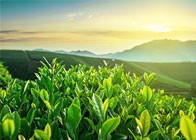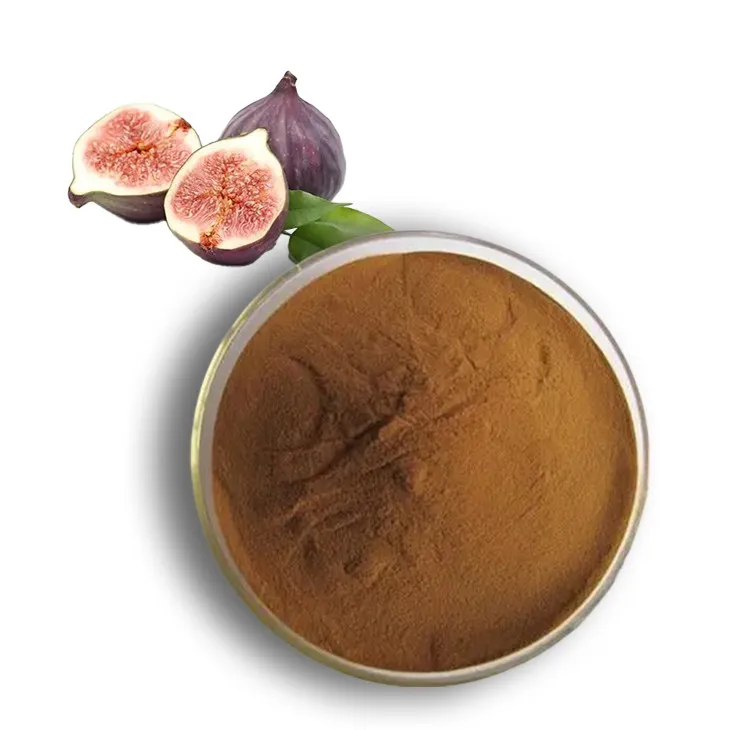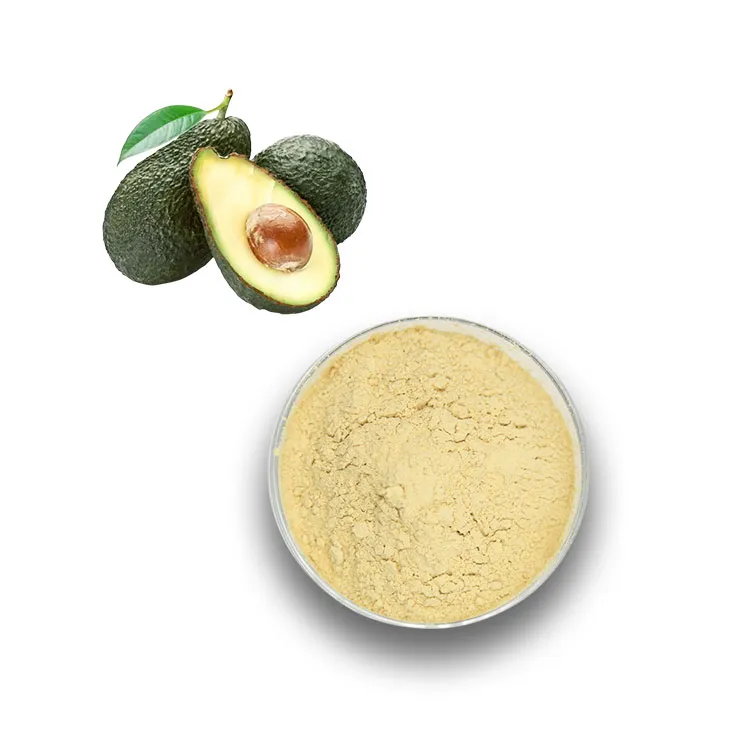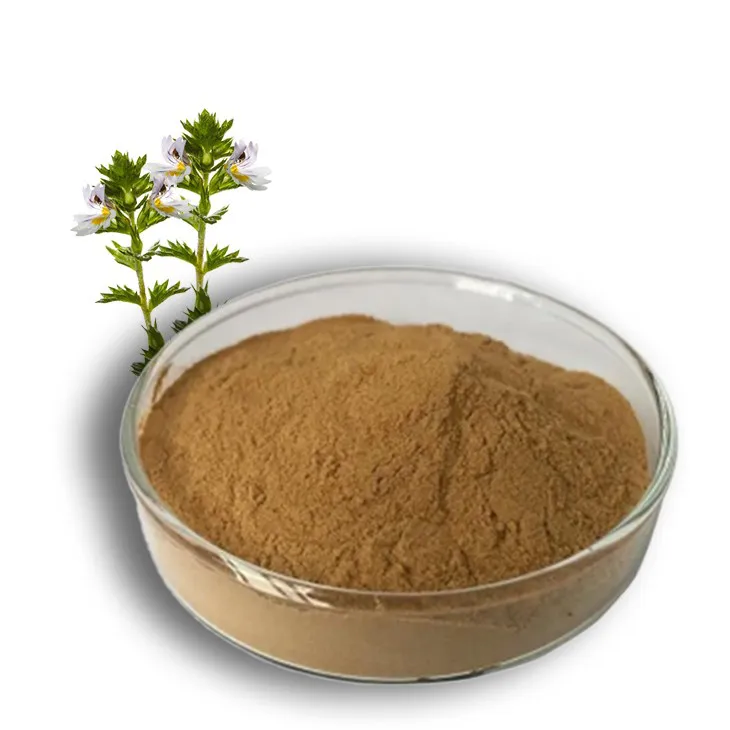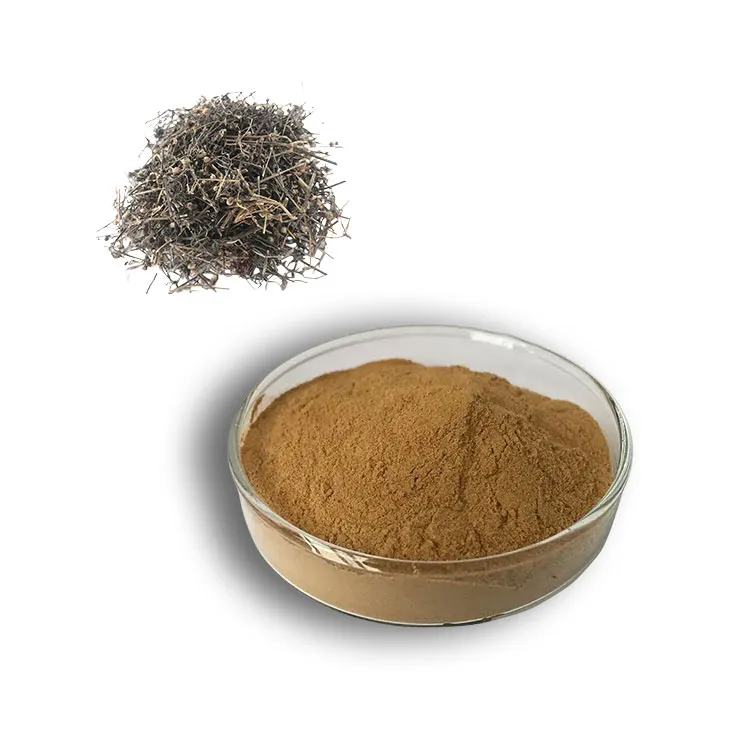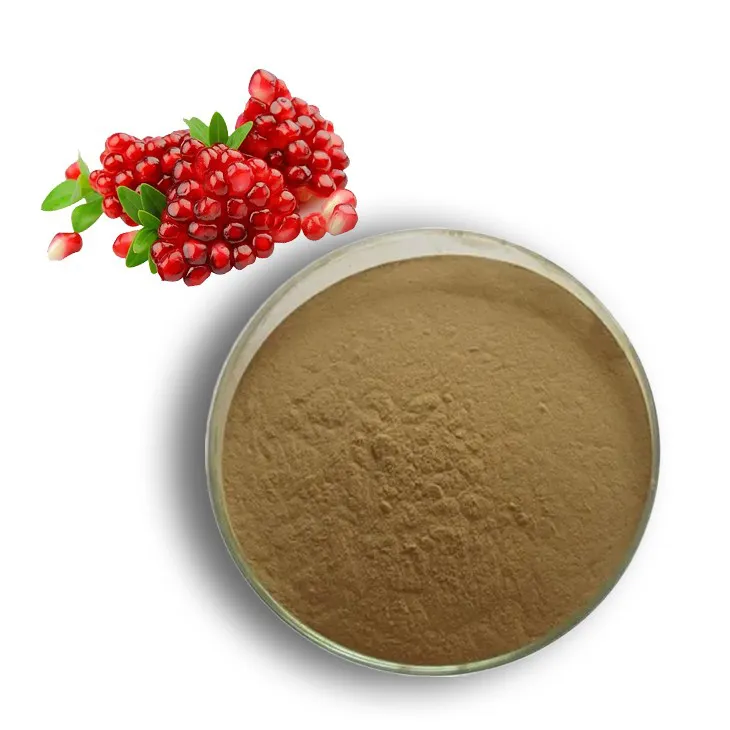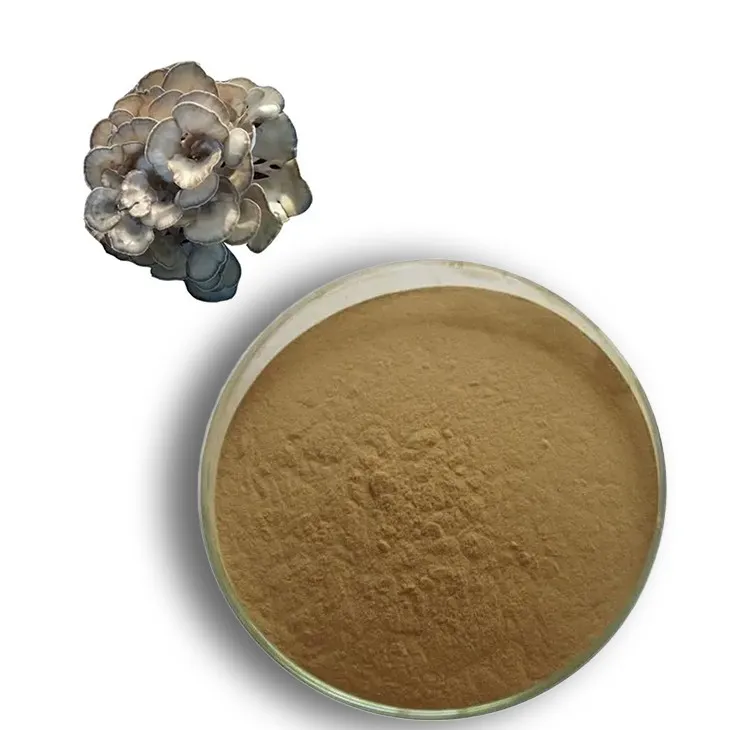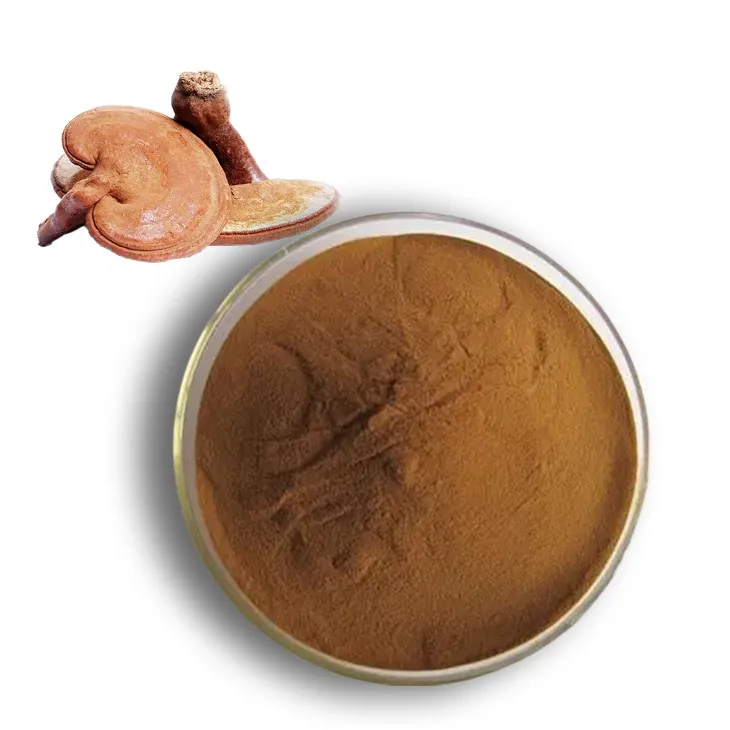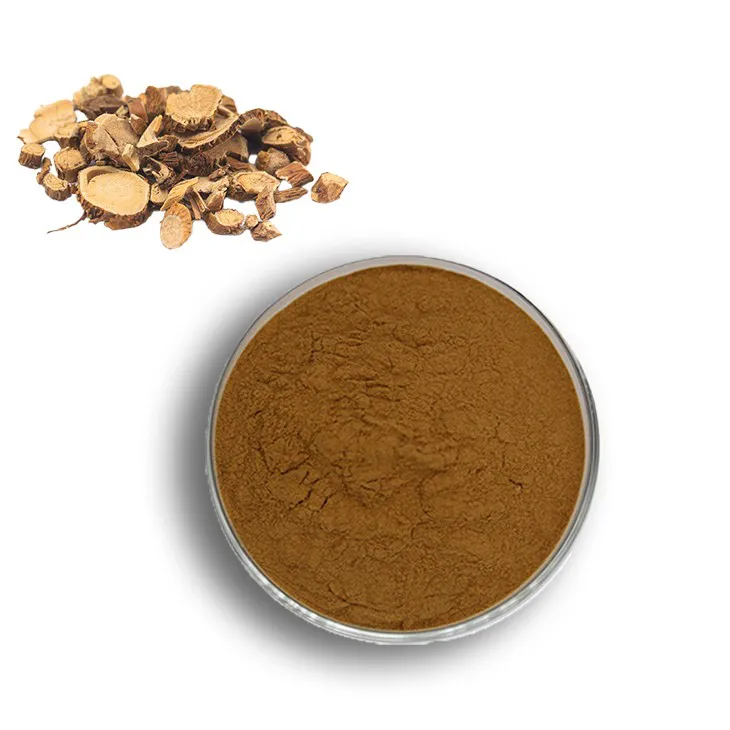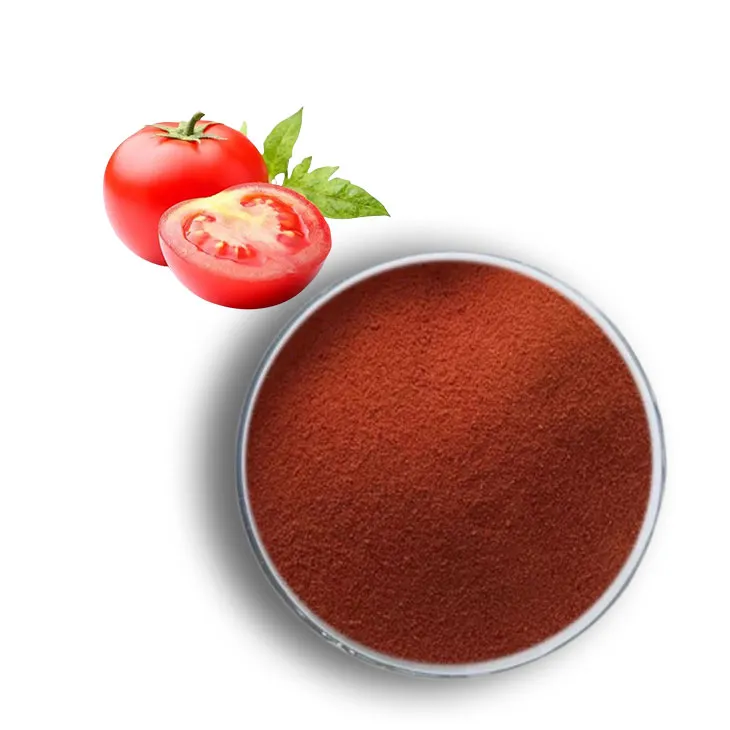- 0086-571-85302990
- sales@greenskybio.com
What Does It Mean When a Wine Is Extracted? In-Depth Guide
2025-08-07
In today’s sophisticated wine landscape, the term “extracted” often appears in expert reviews, wine shop notes, and cellar tastings. But what does it mean when a wine is described as “extracted”? How does the process of extraction influence the taste, aroma, color, and aging potential of your favorite bottle? Understanding extraction is essential for anyone wanting to appreciate the full range of the world’s wine styles—from elegant Pinot Noir to powerhouse Napa Cabernet. In this in-depth guide, we’ll explore what extraction means in wine, how geography and grape variety shape the outcome, and what it means for wine lovers everywhere.
What Is Wine Extraction?
Extraction refers to the process by which winemakers draw out compounds from grape skins, seeds, and sometimes stems during winemaking. These compounds—color pigments, tannins, aromatics, phenolics, and flavors—shape everything from a wine’s hue and texture to its potential to age. Extraction takes place primarily during fermentation and maceration, the period when the grape juice (must) is in contact with the solids.
Think about the difference between a pale, ethereal Pinot Noir and a deep, robust Malbec. Extraction is the reason behind these stylistic differences.
The Science: What Gets Extracted?
During the winemaking process, several key components are extracted:
- Color pigments (anthocyanins): Provide the red and purple hues in red wine.
- Tannins: Natural compounds delivering structure, astringency, and longevity.
- Aromatics and flavors: Many nuances—floral, spicy, fruity—are in grape skins, not just juice.
- Phenolics: Affect mouthfeel, antioxidant content, and texture.
- Acids and sugars: Their extraction influences freshness and sweetness.
Winemakers control which and how much of these are extracted to create a desired wine style.
Techniques for Managing Extraction
To fine-tune the level and kind of extraction, winemakers use several techniques:
- Maceration Duration: Extending skin contact results in more color, tannin, and flavor intensity, while short maceration leads to lighter, fresher wines.
- Fermentation Temperature: Warm fermentations extract more, particularly tannin and pigments. Cooler fermentations yield softer, aromatic qualities.
- Cap Management: During red wine fermentation, grape solids form a cap that floats on the juice. Winemakers blend it back using techniques such as:
- Punching down (pigeage)
- Pumping over (remontage)
- Rack and return (délestage)
- Pressing: Gentle pressing keeps tannins lower; harder pressing increases both color and tannin, sometimes adding bitterness.
- Inclusion of Stems: Whole-cluster fermentation can increase tannin and structure but may introduce herbal notes if not managed carefully.
How Extraction Defines Wine Styles
Highly Extracted Wines:
- Deep, intense color—often opaque in the glass
- Powerful, concentrated aromatics and flavors—ripe/dark fruit, spice, sometimes coffee or cocoa
- Full-bodied, weighty texture on the palate
- Robust, grippy tannins—sometimes drying when young
- Significant aging potential thanks to structure
Examples: Napa Valley or Bordeaux Cabernet Sauvignon, Super Tuscans, Barossa Shiraz, Malbec from Mendoza
Lightly Extracted Wines:
- Pale to medium, translucent color
- Delicate, fresh aromatics—red fruit, floral, herbal
- Light to medium body, silky texture
- Soft, fine tannins, easy to drink young
- Early approachability, but can age gracefully if made with balance
Examples: Burgundy Pinot Noir, Beaujolais Gamay, certain wines from Loire Valley, New Zealand Pinot Noir
Regional and GEO Factors: Geography’s Role in Extraction
The style and degree of extraction are strongly influenced by:
- Climate: Warmer climates provide riper grapes, naturally increasing extraction potential and creating bigger, more concentrated wines.
- Tradition: Old World (Europe) producers like those in Bordeaux, Burgundy, and Barolo historically use gentler extraction for elegance and longevity. New World winemakers (e.g., California, Australia, South America) may embrace more robust extraction for immediate appeal.
- Grape Variety: Some grapes (Cabernet Sauvignon, Syrah) are built for high extraction; others (Pinot Noir, Gamay) shine when extraction is managed gently.
- Vintage: Wetter, cooler years might see extended extraction to boost color and structure. In hot years, winemakers sometimes reduce extraction to avoid overripe or jammy wines.
Extraction in White and Rosé Wines
While extraction is usually discussed in terms of red wine, it also plays roles in other wine styles:
- White wines: Commonly pressed off skins immediately to avoid bitterness and astringency. However, “orange wines” use extensive skin contact, extracting color, tannin, and complex flavors.
- Rosé wines: Limited skin contact—sometimes just a few hours—yields pale to vibrant pink colors and fresh, crisp profiles.
The Risks: Over-Extraction Versus Under-Extraction
Over-extracting a wine can make it:
- Overly tannic, drying, or even bitter
- Jammy or cooked in character, especially in hot climates
- Fatiguing to drink, lacking freshness and nuance
Under-extraction may result in:
- Pale, watery appearance
- Weak, insipid flavors lacking depth
- Flabby texture with little structure or finish
Modern Trends in Extraction
Many winemakers, recognizing changing consumer tastes, are adopting a “less is more” approach—prioritizing balance over sheer concentration or power. Even in traditionally robust regions, more producers are seeking finesse and freshness by:
- Harvesting earlier for natural acidity
- Using shorter maceration and cooler fermentation
- Being judicious in cap management and pressing
This shift is helping wines better express their terroir and remain food-friendly.
Why Extraction Matters to Wine Lovers
Understanding extraction allows you to:
- Choose wines to suit your palate: Bold, extracted reds for hearty fare or lighter, fresher wines for delicate dishes.
- Appreciate regional differences and winemaking skill.
- Better predict and manage wine aging: Structured, extracted reds often benefit from cellaring.
Conclusion
Extraction is fundamental to how wine looks, tastes, and feels. It is the meeting point of science and art in winemaking, influenced by grape variety, climate, tradition, and the winemaker’s vision. Highly extracted wines offer power and age-worthiness, while lighter extractions highlight freshness and subtlety. Whether you prefer robust Malbec or elegant Pinot Noir, understanding extraction will help you appreciate, select, and pair wines with greater confidence—wherever your tastes may take you.
Explore the world’s wines with extraction in mind, and you’ll discover even more layers of excitement and enjoyment in every glass. Cheers to your next adventure in wine!
- ▶ Hesperidin
- ▶ Citrus Bioflavonoids
- ▶ Plant Extract
- ▶ lycopene
- ▶ Diosmin
- ▶ Grape seed extract
- ▶ Sea buckthorn Juice Powder
- ▶ Fruit Juice Powder
- ▶ Hops Extract
- ▶ Artichoke Extract
- ▶ Mushroom extract
- ▶ Astaxanthin
- ▶ Green Tea Extract
- ▶ Curcumin
- ▶ Horse Chestnut Extract
- ▶ Other Product
- ▶ Boswellia Serrata Extract
- ▶ Resveratrol
- ▶ Marigold Extract
- ▶ Grape Leaf Extract
- ▶ New Product
- ▶ Aminolevulinic acid
- ▶ Cranberry Extract
- ▶ Red Yeast Rice
- ▶ Red Wine Extract
-
Fig Extract
2025-08-07
-
Avocado Extract Powder
2025-08-07
-
Bitter Melon Extract
2025-08-07
-
Eyebright Extract
2025-08-07
-
Hedyotis Diffusa Extract
2025-08-07
-
Pomegranate Extract
2025-08-07
-
Maitake Mushroom Extract
2025-08-07
-
Reishi mushroom extract
2025-08-07
-
Sophora Flavescens Root Extract
2025-08-07
-
Lycopene
2025-08-07

